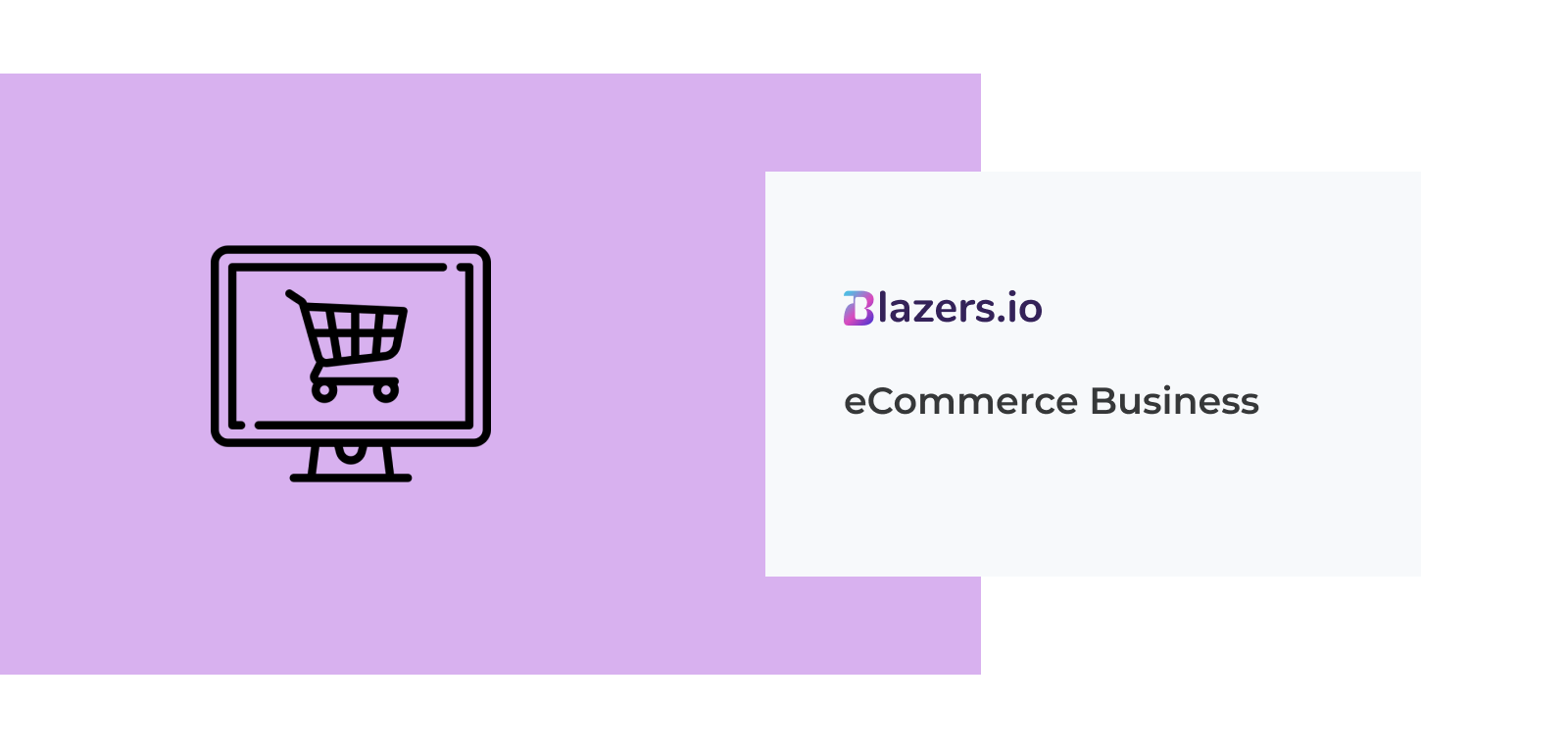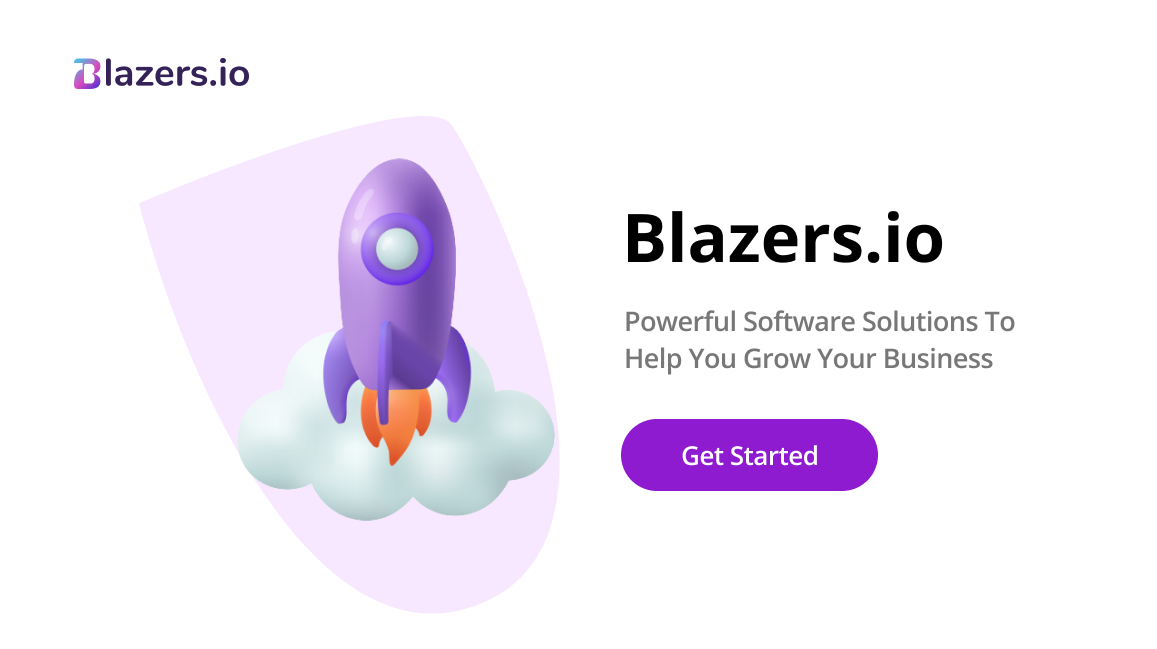Published at eCommerce by Sael

How to start an eCommerce Business
Published at eCommerce by Sael
“eCommerce isn’t the cherry on the cake, it’s the new cake” – Jean Paul Ago, CEO L’Oreal.
eCommerce is an emerging business opportunity. Thinking business terms, online is the new trend and is called eCommerce Business.
As per predictions, the Indian eCommerce business market will increase by 21.5%, reaching $74.8 billion in 2022, and it will reach $350 billion by 2030 – Source Global Data.
The smartphone penetration, rise in digital literacy, and increased internet use have given way to eCommerce business opportunities in a splendid way.
So, there is some serious potential in the eCommerce space. However, there are some challenges. These can be sorted out if you plan your eCommerce business, niche, products, selling, and how to sell online correctly.
Table of Contents
- Research, Research, and Research
- Decide on what to sell
- Analyse the ways to get your product
- Design your business plan
- Name your business and start building your brand
- Register your business
- Design your eCommerce Website
- Market your Business
- Manage your Finance
- Tips for starting your eCommerce Business
- Conclusion
1. Research, Research, and Research

Every successful company spend hours and days researching Customer’s needs and pain points. How can they help in easing the pain points? Research enhances productivity, saves time and cost, and helps to solve challenges when there is a crisis.
For example, if you are planning to start a cosmetic eCommerce business, it is essential to research the needs of the customers, their pain points, your competitors, their business plan, what are the type of products- is it only skincare or hair care or makeup products, how are you sourcing the products, are you manufacturing your own brand or reselling multiple brands, etc.
These questions will give a clear picture. After that, you can design your business model according to that. After identifying the product and its research, the next step would be to do a SWOT analysis. SWOT analysis will help you to determine the values you can provide the customer with your products. This also helps you to plan your eCommerce business.
Strengths, Weaknesses, Opportunities, and Threats could include
• Excellent Customer Experience
• Specialised products for Hair and Skin.
• No online presence
• The stores are far away
• eCommerce business is the best option
• Easily hackable- So security should be strong.
2. Decide on what to sell

There are limitless opportunities to sell a product or service. In the previous step, you would have researched. Based on that, find the trending product. Also, make sure that you are passionate about the product that you are selling. The steps to find out the product are
• Customer is the King
Start with the customer’s insight about the product. You can start by exploring the social media platforms like Quora, Twitter, etc.
• Find your unique and trending product
You can use Google trends to find trending products. Example: In a cosmetic company, Hair products for dandruff, might be a trending product because of the climate (In Winter). In summer, Deodorants and perfumes might be trending. So, analyse the trend.
• Explore the market need
Identify the product that fills in the gap. It should give solutions to their pain points. That would be the niche of your market.
• Passion leads to better business
The products should reflect your passion. If you love designing/ drawing, then Personalised Yearly calendars could be your product.
• Utilize keyword research
Find the keywords that are widely used through Keyword research apps. This helps in finding the most frequently searched product.
• Consider your Profit
Consider your profit by analysing the break-even analysis.
Find your profit by examining your business to scale by calculating the revenue generated per hour invested.
• Determine your product’s lifecycle
Some products last long. Some wear out easily. Finding out the expected product life cycle is important. This will help you create a multi-year plan for your eCommerce business.
3. Analyse the ways to get your product
There are many ways to procure the product that you are planning to sell.
• You make it
You can create your own product. This can be given to the customer directly. It can be a small business. Examples can include craft items, soaps, etc. The purchase is done in small batches. Similarly, the profit margin will be small. Also, the cost and the risk are easily manageable. You can scale up according to your convenience.
• Manufacture the product
When the product you sell is in larger numbers, you can partner with the manufacturer. You have to order in bulk from the manufacturers.
• Wholesale purchase and resell
The pricing of the product is not controllable. The manufacturer decides the price. The market sets the markup. You are buying from bulk manufacturers and selling at your store.
• Digital Products
The digital products can be blog posts, resources, or anything people can download. Digital products can be products or service. They have low overhead costs.
4. Design your business plan

A road map called a business plan is needed to keep the business on track. All the decision about the online business in written format is called eCommerce business plan.
It contains
• Business objectives
• Finance plan
• Business operations
• Marketing plan
It is mainly to understand your business strategy. It also attracts potential investors. Find the
• Your competitors
• Market landscape
• Target market
• How to sell the product
• Logistics, etc.
5. Name your business and start building your brand

Create a name for your business. It should be.
• Spelled easily, says and remembers quite easily,
• That is available as a domain
• Easy to search
• Make it creative
• Also, check that it is not used by other businesses.
Naming the business can be fun. Yet, strategic thinking is important.
6. Register your business
It is important to register your business before selling the product.

The next step is designing the logo of the business. The logo will be available on all your products, websites, and pamphlets that are used for marketing.
• Apply for a Director's Identification Number (DIN). It can be obtained by downloading the DIN application (DIN 3 form) from the Ministry of Corporate Affairs official website. You can also apply for a DIN online by simply enclosing and uploading the required paperwork.
• Digital Signature Certificate and PAN (Permanent Account Number) are necessary.
• After receiving your DIN, you can check if the name of your business is available through
I. Registrar of Companies (ROC)
II. The official website of the Ministry of Corporate Affairs.
• The name of the business is confirmed. Now, you can start the company within 6 months. If you want to change the name, you can do by paying an amount.
• Apply for GST (Good and Service Tax) certification. Also, establishment license that would be needed for Payment Gateway Integration and Professional Tax.
• To officially register your company under the Company's Act of 2013, you must first apply to open a Provident Fund (PF) with the appropriate Provident Fund Organization. Then register with the Employees' State Insurance Corporation for employee health insurance. Then submit an application for Certification of Company's Incorporation.
7. Design your eCommerce Website

Now, the business is registered officially. Design your eCommerce business website. When creating your website, you have the option of using a pre-built platform or creating it from scratch. Both have distinct advantages, but starting from scratch is typically the better choice.
Your website is like a physical storefront. Website will be the face of your business. The customers first see the website, browse through the products and purchase them.
The domain name should be selected. This should match your business name. Steps to remember
• You must be clear about your products
The product images should be high quality. They should be easy for the user to get information about your business.
• Focus SEO
Always research and use keywords. They help the page rank on Google and other websites.
• Simple CTA
The Call to Action should be simple. It should be like “Shop Now”, or “Buy Offer”. It should not interfere with the user experience.
• The website should be organised
The products on the website should be neatly aligned. Example: If your website has multiple products, then have sub-menus and arrange them clearly.
• UGC (User Generated Content)
Display Customer reviews to increase social interaction. Also, instill trust in the users.
Once the customer purchases the products, keep them engaged. You can mail them your exclusive offers, new products, etc.
8. Market your Business

Your eCommerce business is ready. You have decided on your products and they are listed on the website. Your business website is up and running. Your customers are ready to buy your products.
It is very important to optimize your eCommerce business website for SEO.
Proper marketing of your eCommerce business is necessary. There are numerous marketing strategies
• Google Ads
• Social Media Ads
• Word of Mouth
• Affiliate Marketing, etc.
Once your eCommerce business receives orders and gains credibility, you have to find the tools that work for you. If a particular tool that you are investing money into is not working, then follow a different strategy.
9. Manage your Finance

After setting up the eCommerce business, it is important to handle the finance. This helps the business flourish. When planning for finance,
• Keep an eye on Recurring cost
• Make a budget for the expenses for marketing
• Plan according to the season
• Execute proven Inventory strategies
• Make sure to save funds for fulfilling the returns
• Lessen the shipping costs
• Learn Product Invoicing
• Learn chargebacks and returns.
Keep in mind to keep the returns to a minimum. This would reduce the costs, helps in reputation, and would eventually lead to customer satisfaction. The return policy should be easily accessible and will pay big dividends.
10. Tips for starting your eCommerce Business

Launching new eCommerce businesses, sourcing products, and marketing them might all look overwhelming. You have to build a network of entrepreneurs and get help from them.
The 3 simple steps are
• Start simple
It is important to start small and grow gradually. Taking a big leap at the start might be stressful and confusing. So, start simple and learn from your mistakes. eCommerce business is always a work in progress.
• Accessibility to multiple channels
It is important to access multiple channels of social media to increase the sales of your eCommerce business. Applications like Facebook, Instagram, and Twitter might help you.
• Multichannel selling is the trend
You can maintain your own eCommerce business website. It would be great if you sell your products on other channels like Amazon, Flipkart, etc. This helps elevate the brand and the sales.
11. Conclusion
It is a great idea to start an eCommerce business. The market is booming and there are many customers who shop online. However, it is important to be careful while doing business. There might be issues during the registration and legalising the business.
Once you source the right product and market it effectively, it would reach numerous people. You have to have a clear vision. Also, a proper plan to execute the vision. It is important to have consistent effort and discipline to sail the boat till the end. There are infinite possibilities. So, dive in and start your own eCommerce Business.





